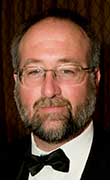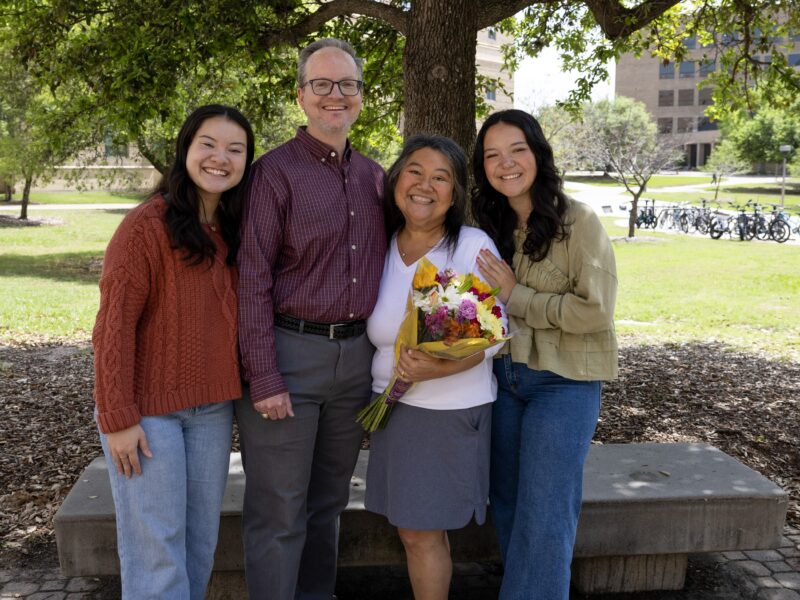Oscar-winning Computer Graphics Wizard To Teach Visualization As Hagler Fellow At Texas A&M
Jerry Tessendorf, an Academy Award-winning professor of visual computing from Clemson University who revolutionized the use of fluid simulations in motion picture computer graphics, is joining the Texas A&M University Department of Visualization faculty in 2018 as a Hagler Institute for Advanced Study Faculty Fellow.
Tessendorf is the first member of the Academy of Motion Picture Arts and Sciences to hold an appointment at Texas A&M University.
His work has graced many of Hollywood’s biggest blockbuster films, including “Titanic,” “The Chronicles of Narnia,” and “The Golden Compass.” He received an Oscar for Technical Achievement in 2008, and his fluid simulation software was used in the film “Life of Pi,” winner of the 2013 Academy Award for “Best Visual Effects.”
Currently working as director of Clemson’s master of fine arts in digital production arts program, Tessendorf will come to Texas A&M this spring and spend a year on campus teaching students and partnering with faculty from visualization, computer science and engineering, and geosciences to develop novel methods for simulating natural phenomena.
He also will teach a graduate course on advanced techniques for physically based modeling and work with a select group of students on undergraduate research projects.
“With more than 39 feature movie credits to his name, Tessendorf’s work includes the most significant representations of computer-generated natural phenomena presented in film,” said Tim McLaughlin, head of the Texas A&M Department of Visualization.
Tessendorf worked on many of these films while at Rhythm and Hues, a Los Angeles-based visual effects company. Prior to his arrival in Hollywood, he developed and implemented 3-D cloud scene representations for military simulations.
Internationally-renowned scholars from around the world, Hagler Fellows are brought to Texas A&M to teach or conduct research on topics of particular relevance to the university for up to one year. Tessendorf is the second Hagler Fellow to teach at the Texas A&M College of Architecture. He follows Harold Adams, chairman emeritus of the world-renowned architecture firm RTKL, who taught at the college in 2015.
The Hagler Institute
The Hagler Institute for Advanced Study was established in December 2010 by the Texas A&M University System Board of Regents to build on the growing academic reputation of Texas A&M and provide a framework to attract top scholars from throughout the nation and abroad for appointments of up to a year. The selection of Faculty Fellows initiates with faculty nominations of National Academies and Nobel Prize-caliber scholars who align with existing strengths and ambitions of the university. To learn more, visit http://hias.tamu.edu.
This story published originally on ArchOne.
###
Media contact: Sarah Wilson, architecture communications specialist, at 979-862-6642, or swilson@arch.tamu.edu; or Elena Watts, marketing and communications specialist, at 979-458-8412 or elenaw@tamu.edu







